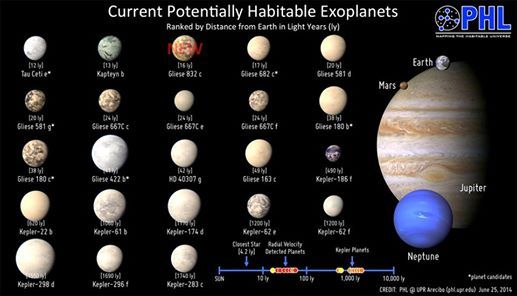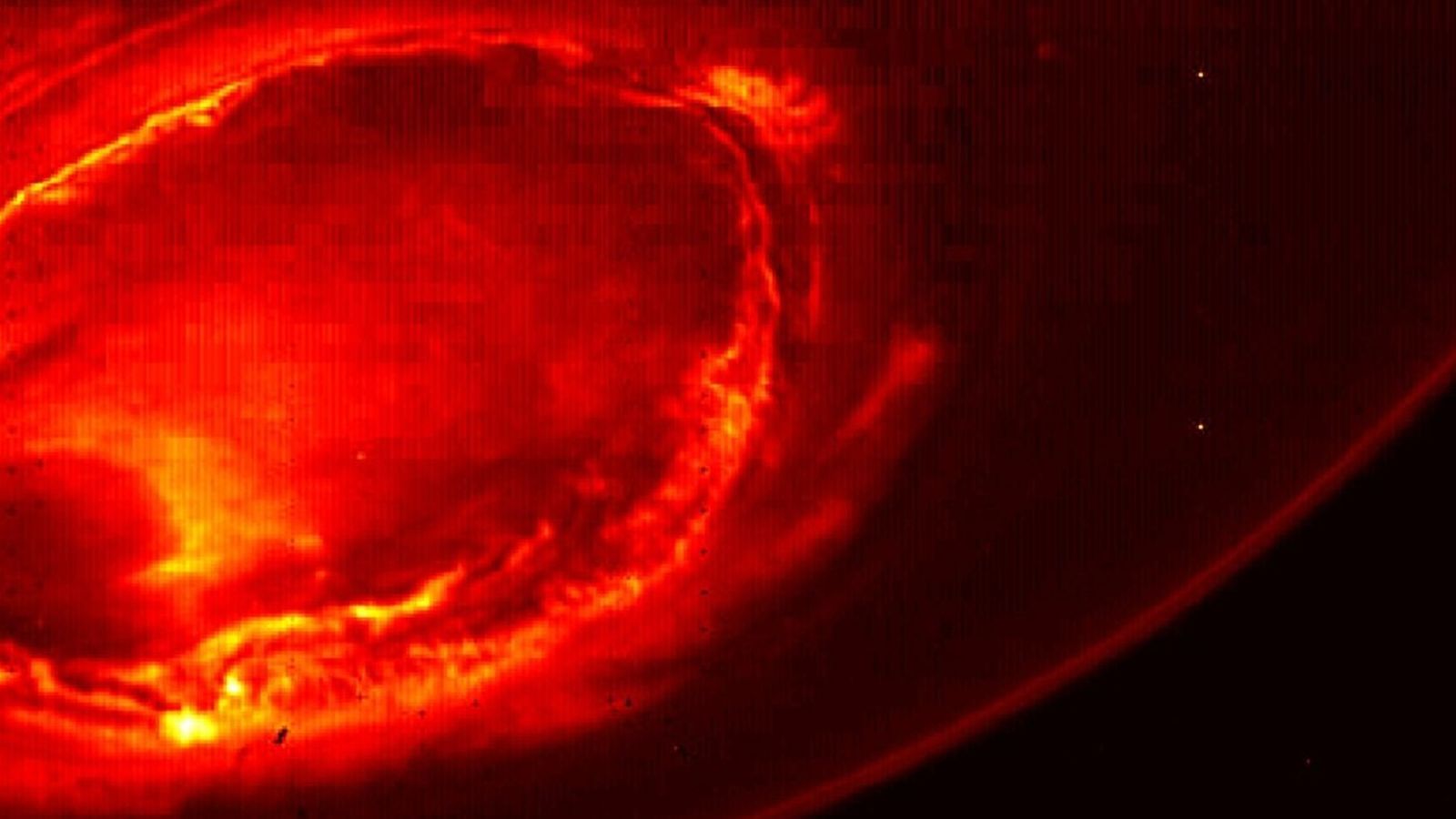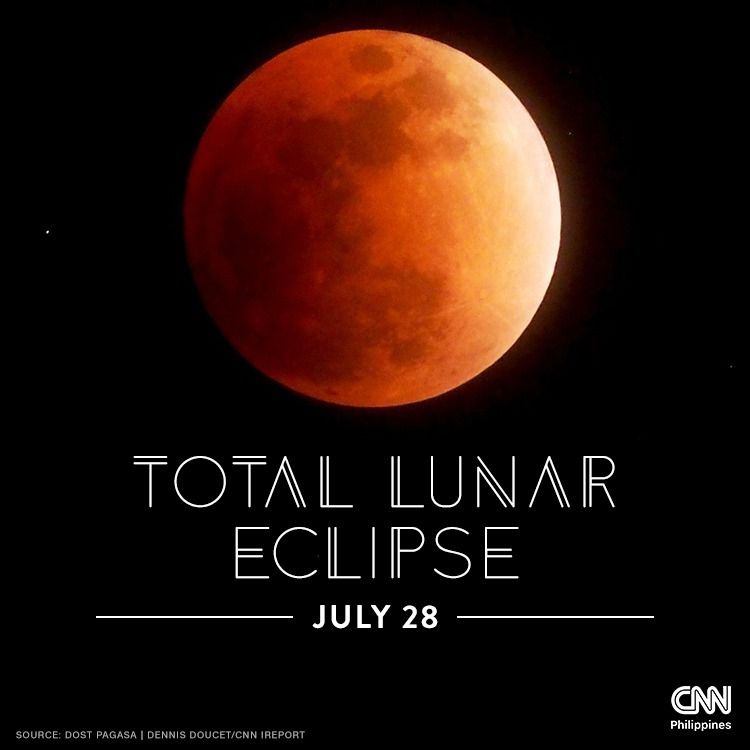Recent research led by Professor G.V. Shivashankar of the Mechanobiology Institute (MBI) at the National University of Singapore (NUS) and the FIRC Institute of Molecular Oncology (IFOM) in Italy, has revealed that mature cells can be reprogrammed into re-deployable stem cells without direct genetic modification — by confining them to a defined geometric space for an extended period of time.
“Our breakthrough findings will usher in a new generation of stem cell technologies for tissue engineering and regenerative medicine that may overcome the negative effects of geonomic manipulation,” said Prof Shivashankar.

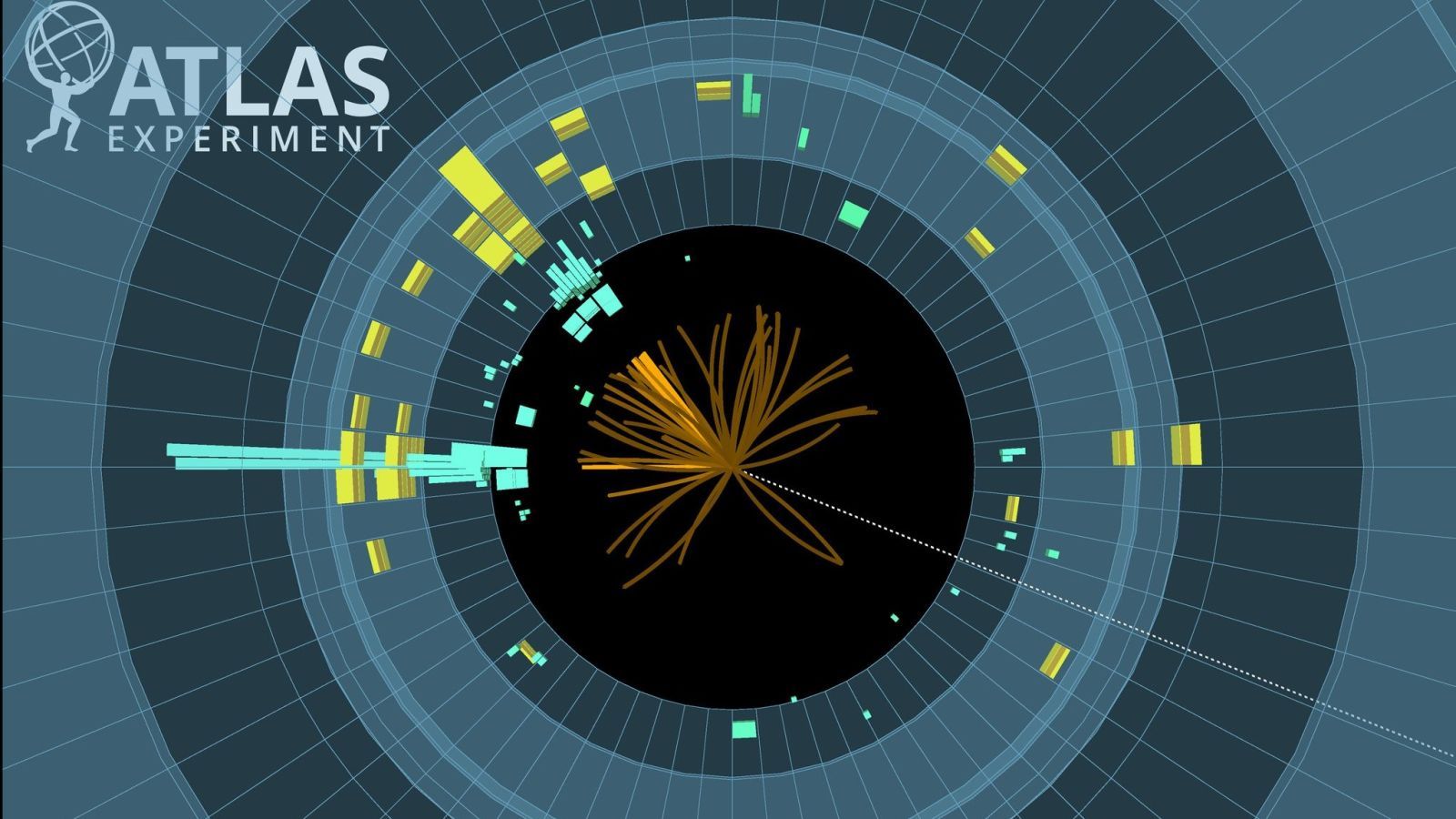
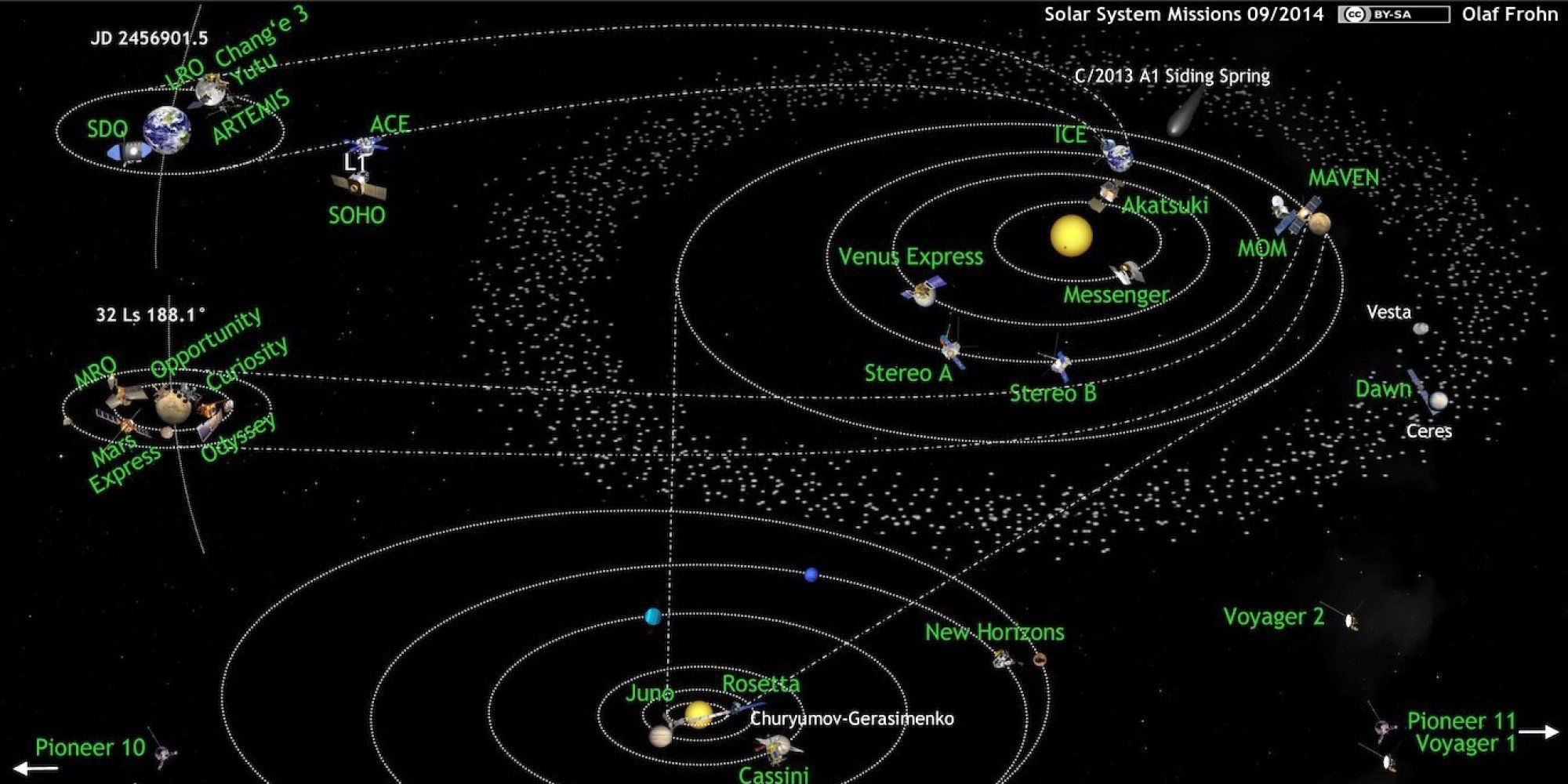
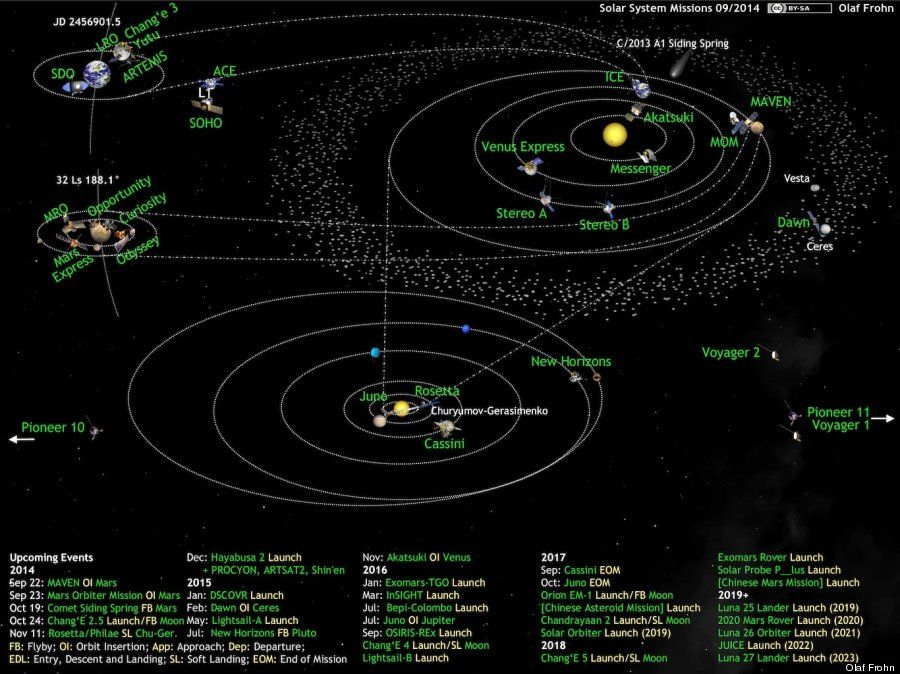 A diagram, updated once a month, of active space missions beyond Earth orbit.
A diagram, updated once a month, of active space missions beyond Earth orbit.